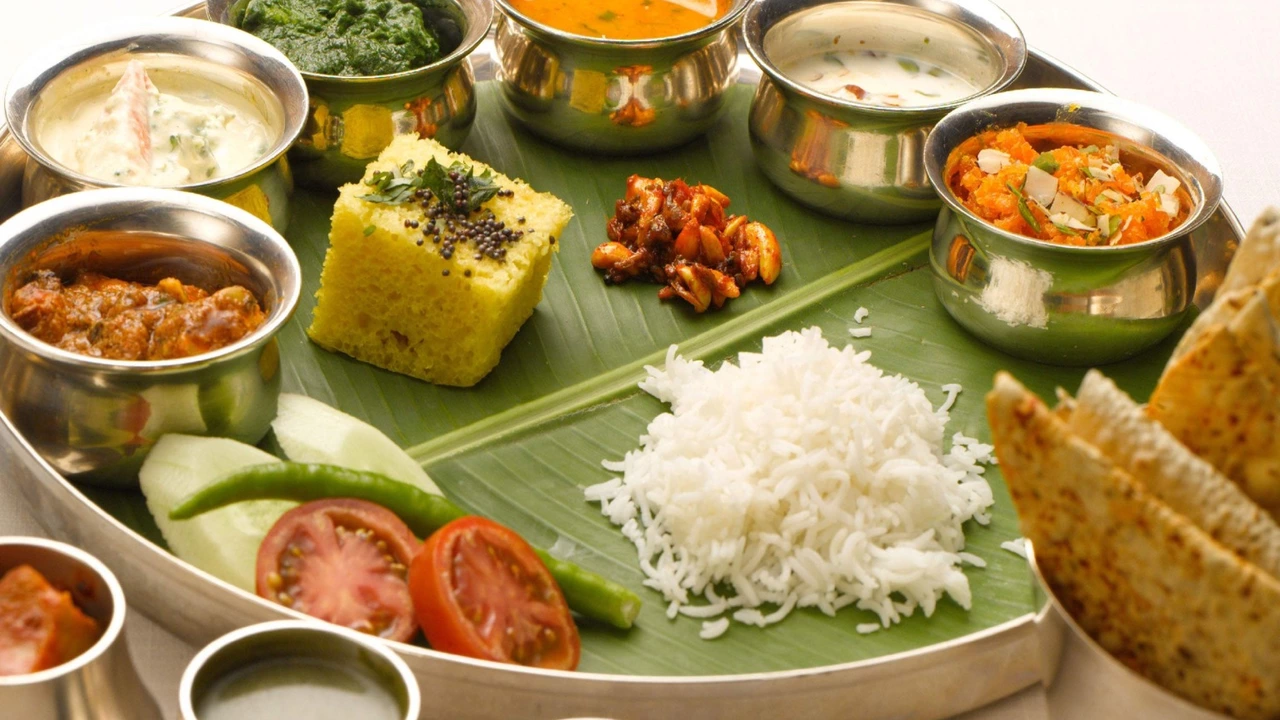Food Preferences: What Indians Love and What Outsiders Find Odd
Ever wondered why some dishes are crowd‑pleasers in India while they raise eyebrows abroad? It’s all about food preferences – the mix of culture, habit, and personal taste that shapes what we eat every day. In this guide we’ll break down typical Indian cravings, the dishes that puzzle foreigners, and simple ways to bridge the gap.
Typical Indian Food Preferences
Most Indian households grow up with a few reliable flavors: spice, texture, and freshness. Spices like cumin, mustard seeds, and garam masala are not just seasoning; they’re part of the identity of a meal. Fresh herbs such as cilantro or mint add a cool contrast to hot curries. When it comes to texture, Indians love a mix – crunchy papad, creamy paneer, and soft lentils all on one plate. Because meals are often shared, the balance of sweet, sour, salty, and bitter matters as much as the heat level.
Regional differences matter too. South India leans on rice, coconut, and fermented foods like idli, while the North prefers wheat‑based breads, thick gravies, and dairy. Despite these variations, the common thread is a love for bold flavors that wake up the palate.
What Americans (and Others) Find Weird
When someone from the West first meets Indian cuisine, the “weird” factor usually shows up in three places: ingredients, preparation, and eating style. Dishes like bhelpuri (a puffed‑rice snack with tamarind chutney) or dosas (thin fermented rice‑lentil crepes) blend sweet, sour, and spicy in a way many aren’t used to. The texture of fermented batter can feel unfamiliar, and the pungent aroma of spices like asafoetida (hing) can be surprising.
Another common shock is the use of every part of a vegetable or animal. For example, methi (fenugreek leaves) has a slightly bitter taste that some people avoid, yet it’s a staple in many Indian homes. Similarly, off‑alike snacks such as papdi chaat combine crunchy dough wafers with boiled potatoes, chickpeas, and tangy yogurt – a mash‑up that can feel chaotic but is actually a carefully balanced flavor profile.
Don’t forget the dining etiquette. Eating with hands is normal in many Indian families, and it’s considered respectful to mix the food on a banana leaf or plate before scooping. For those accustomed to forks and knives, this can feel odd at first, but it also connects you directly to the food’s texture.
So, why do these differences matter? Understanding them helps you navigate menus, respect local customs, and avoid the “I don’t get it” reaction that can make a meal uncomfortable for both sides.
Here’s a quick cheat‑sheet for anyone curious about Indian food preferences:
- Spice level is personal. Ask for “mild” or “extra hot” – restaurants are used to it.
- Mix flavors. Expect sweet, sour, and salty together; it’s meant to be a dance on the tongue.
- Texture matters. Crunchy toppings are intentional, not accidental.
- Hands are okay. If you’re unsure, use the provided spoon or fork.
- Try one new thing. Start with something mild like aloo paratha or a simple dal before tackling chaat.
By keeping these points in mind, you’ll enjoy Indian meals more confidently and maybe even adopt a few new favorite foods. Food preferences aren’t fixed – they evolve as you taste, share, and explore. So next time you sit down at a Gujarati thali or a street‑food stall, dive in, be curious, and let your palate learn something new.
Do german people like indian food?
Based on my research and experiences, many Germans indeed have a fondness for Indian cuisine. The rich flavors, diverse spices, and variety of vegetarian options in Indian dishes appeal to their palate. Indian restaurants have been sprouting up across Germany, signifying growing popularity and demand. However, like anywhere, preferences vary, and not all Germans may like Indian food. Overall, Indian cuisine is becoming a familiar part of the culinary scene in Germany.
full article